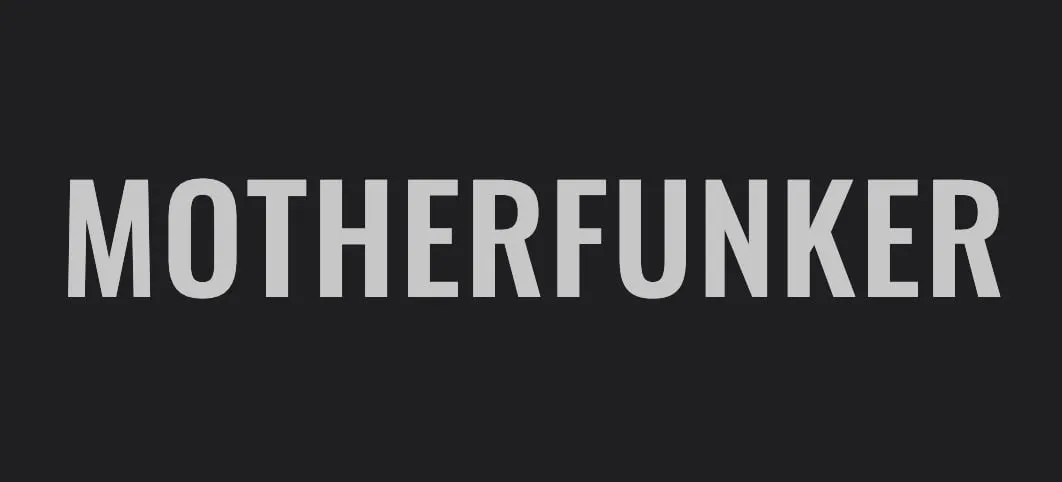Unravelling Quantum Mechanics: Bridging the Gap between Reality and Uncertainty by Funkerbot
Quantum Mechanics, a branch of physics, raises profound questions about the fundamental nature of reality. It examines micro-foodscapes, including particles like electrons and photons, whose behaviors depart from the laws of classical physics. Quantum Mechanics introduces concepts like superposition, where particles can be in multiple states simultaneously, and entanglement, where particles separated by vast distances can affect each other instantaneously. The world, as seen through the lens of Quantum Mechanics, seems unpredictably fuzzy and bizarrely
intertwined. However, this blog post aims to unravel the enigma that is Quantum Mechanics, bridging the gap between reality and uncertainty.
- Quantum Mechanics: A Brief Overview
Quantum Mechanics relies on quantum field theories in describing the world. It differs from classical physics by stressing the vital role of measurement, resulting in uncertainty. Importantly, it introduces the concept of wave-particle duality, associating waves with particles and vice versa. Coupled with the probability interpretation, Quantum Mechanics possesses the potential to redefine our understanding of reality.Concepts of Wave-Particle Duality and Probability Interpretation
With wave-particle duality, particles like electrons and photons exhibit properties of both particles and waves. For a particle exhibiting wave-like characteristics, it's not in a definite place until measured. This ambiguity forms the basis of Heisenberg's Uncertainty Principle, which states that one cannot simultaneously determine a particle's momentum and position. It's one of Quantum Mechanics' distinctive features, emphasizing the role of measurement.Understanding Schrödinger's Cat
A concept that perfectly illustrates quantum superposition is Schrödinger's Cat. It employs a thought experiment where a cat inside a box is in a superposition of states - both alive and dead - until someone observes it. At the moment of observation, the cat "collapses" into one definite state. The cat, thus, remains in a combined state of being alive and dead until one measures its state, highlighting how Quantum Mechanics deals with probabilities rather than absolute outcomes. - Quantum Entanglement and Non-Locality
Quantum Entanglement is another puzzling phenomenon in Quantum Mechanics. When quantum particles become entangled, their properties become linked. If you measure one particle, you instantaneously determine the state of the other, regardless of the distance separating them. This concept defies the limits of classical physics, suggesting some form of "spooky" action at a distance, as Einstein famously dubbed it. - The Measurement Problem and the Many Worlds Interpretation
The measurement problem arises from the role of observation in determining a particle's state. How does observation lead to the collapse of a wave function into one outcome? The 'Copenhagen Interpretation,' the orthodox interpretation of Quantum Mechanics, suggests that reality does not exist without an observer.
On the other hand, the 'Many Worlds Interpretation' argues for the existence of multiple realities for each possible outcome. When you make a measurement, you branch off into a different world, allowing for all possible outcomes to exist concurrently but in different realities. - Bridging the Gap: Quantum Mechanics, Reality, and Uncertainty
Quantum Mechanics, despite its inherent uncertainty, has proven highly accurate in predicting phenomena at the subatomic level. The behavior of semiconductors, the nature of chemical reactions, and even the stability of matter depend on quantum rules.
d
While Quantum Mechanics describes a world different from our everyday experiences, it doesn't imply that reality is merely an illusion. The theory insists on the fundamental importance of observation, without definitely explicating what constitutes an observer or a measurement. The apparent gap between Quantum Physics and reality thus largely stems from our interpretations and philosophical standpoints.Conclusion
Quantum Mechanics challenges our conventional understanding of reality, weaving a complex tapestry of superposition, entanglement, and uncertainty. It prompts us not just to question what we perceive, but how and why we perceive things the way we do. As the ongoing endeavour continues to interpret this unique reality framework - Quantum Mechanics, it offers an engrossing narrative of our quest for understanding and meaning. Quantum Mechanics has indeed opened the door to a new reality permeated by underlying intricacies and intriguing uncertainties.While the world of Quantum Mechanics may seem bewildering, understanding its principles can dispel some of the mystery. The journey of comprehending Quantum Mechanics helps us grapple with the concepts that underlie the fabric of the universe, nudging us closer in our perpetual quest to unravel the mysteries of existence. By connecting Quantum Mechanics, reality, and uncertainty, we get a wholesome understanding of the interplay between science and philosophy in comprehending and explicating the world, we inhabit.
